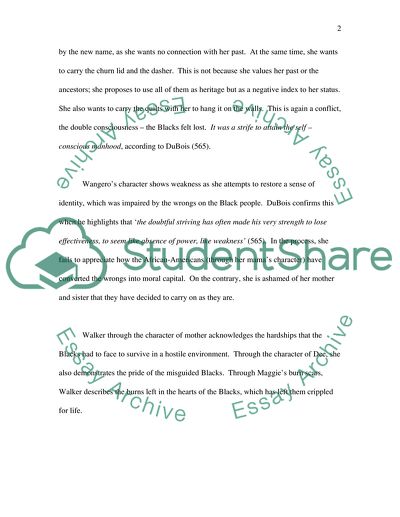Cite this document
(“Everyday Use by Alice Walker Analysis Essay Example | Topics and Well Written Essays - 1000 words”, n.d.)
Retrieved de https://studentshare.org/literature/1535526-everyday-use-by-alice-walker-analysis
Retrieved de https://studentshare.org/literature/1535526-everyday-use-by-alice-walker-analysis
(Everyday Use by Alice Walker Analysis Essay Example | Topics and Well Written Essays - 1000 Words)
https://studentshare.org/literature/1535526-everyday-use-by-alice-walker-analysis.
https://studentshare.org/literature/1535526-everyday-use-by-alice-walker-analysis.
“Everyday Use by Alice Walker Analysis Essay Example | Topics and Well Written Essays - 1000 Words”, n.d. https://studentshare.org/literature/1535526-everyday-use-by-alice-walker-analysis.


